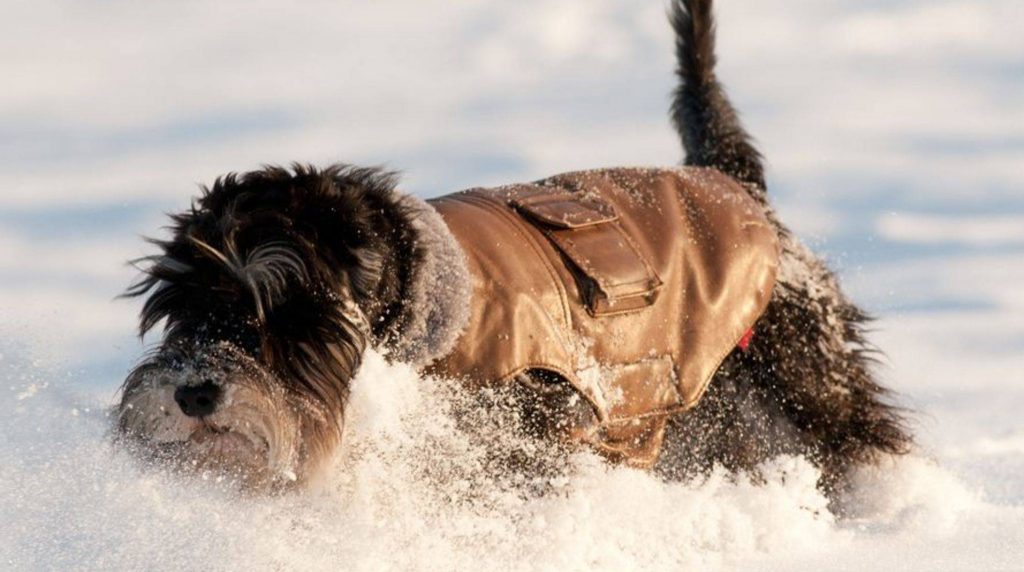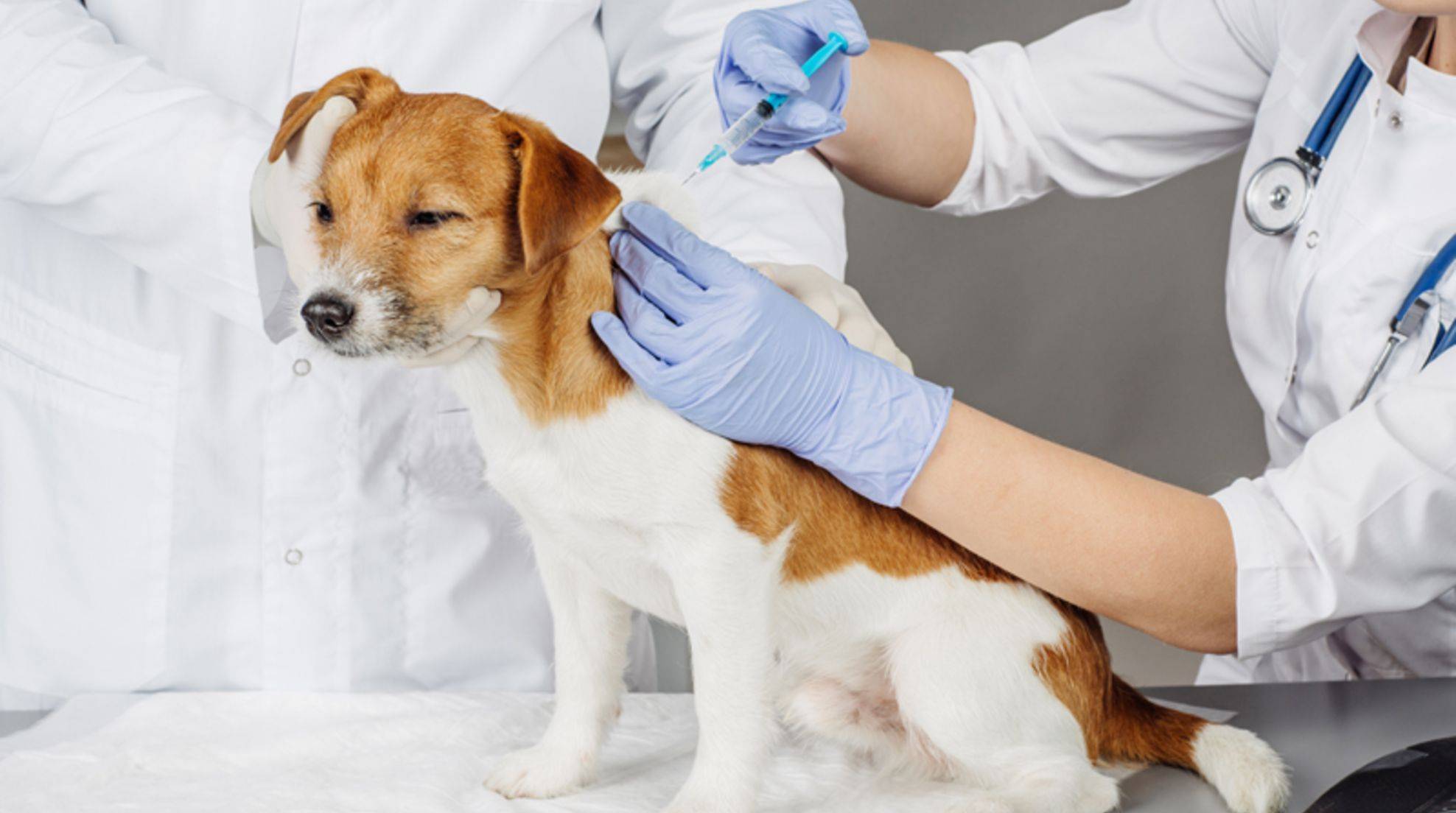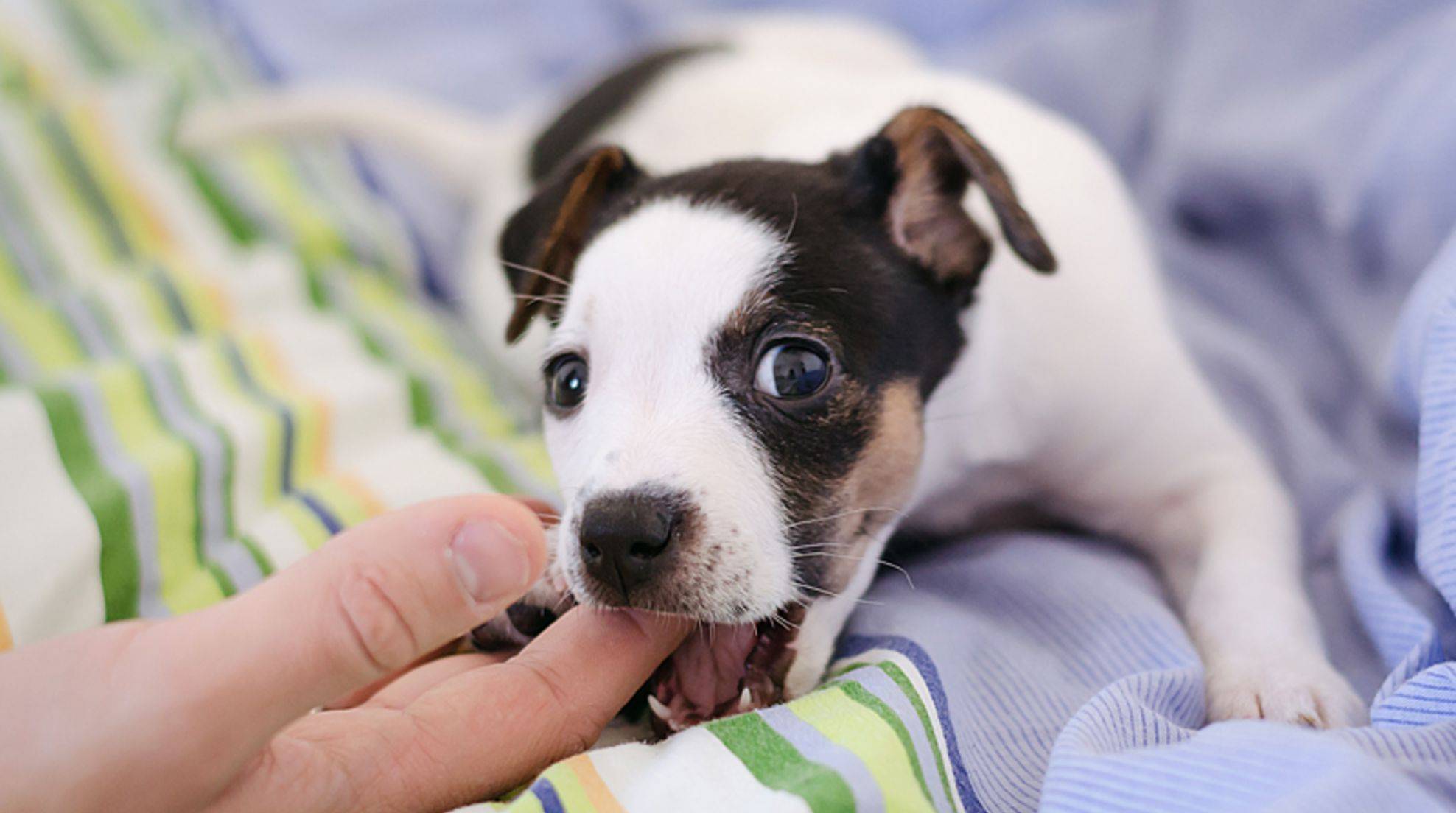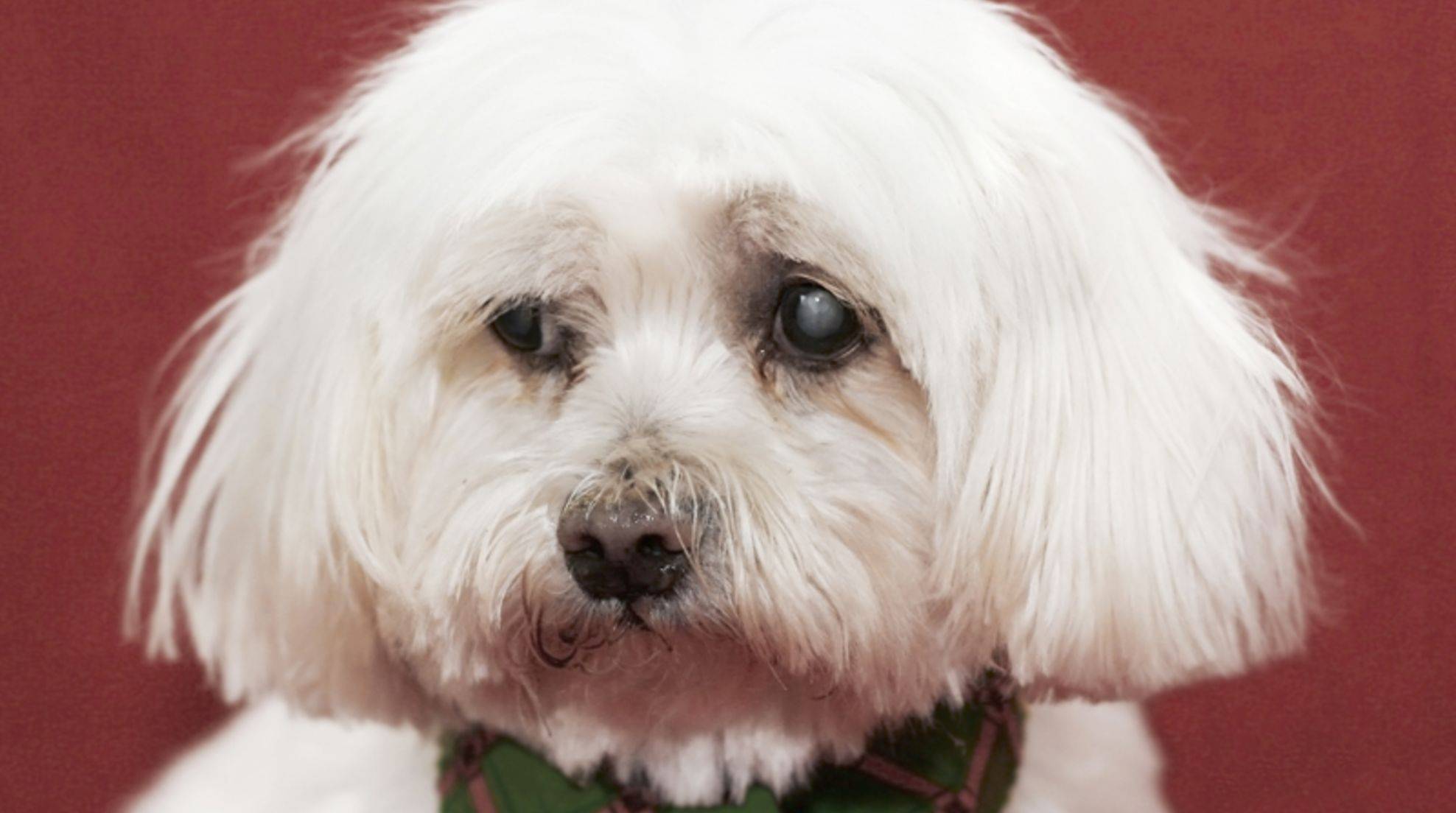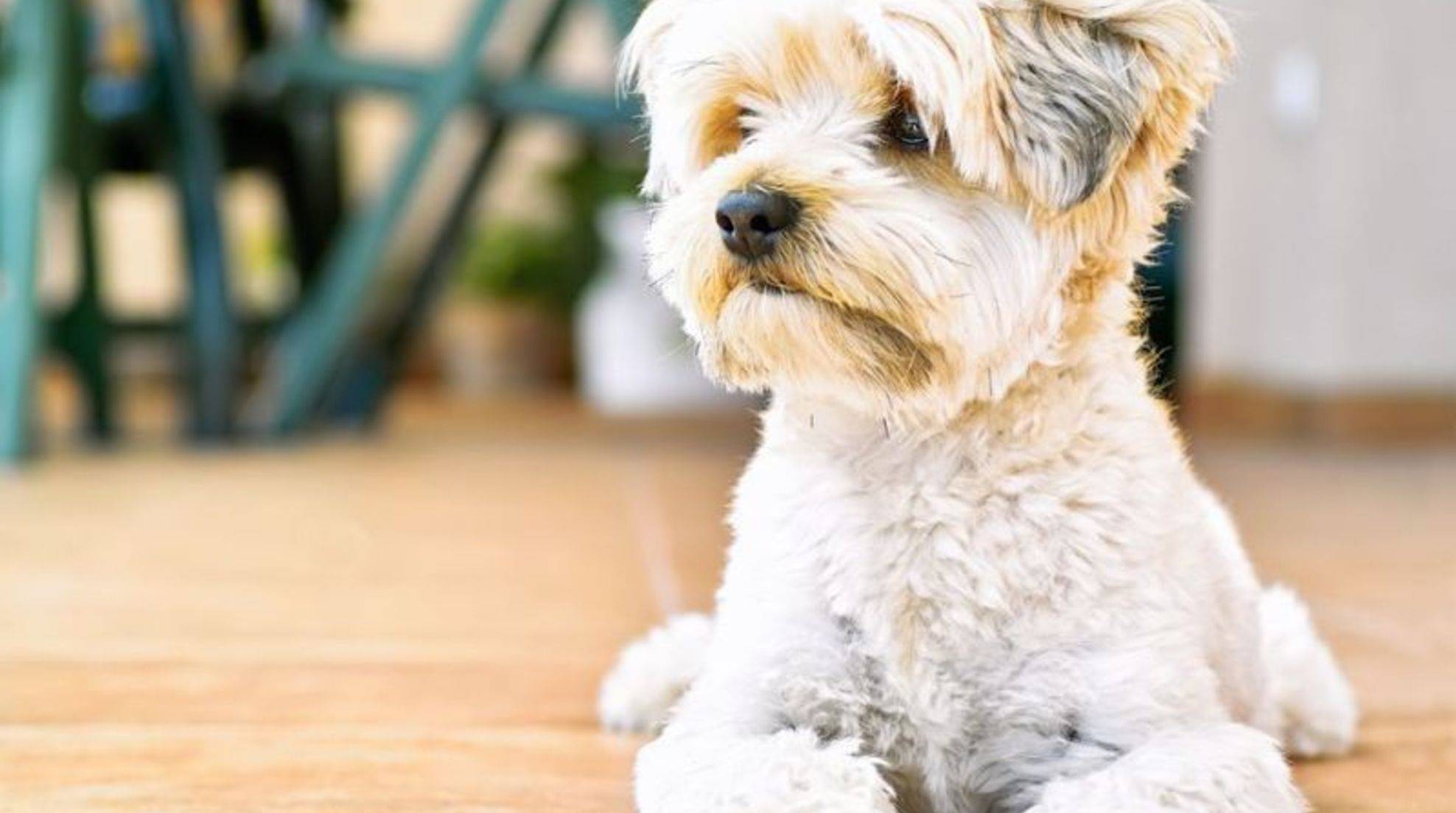Dog clothing in winter: Useful or not?
Necessary winter equipment or fashionable frippery? Dog clothing divides the community of dog lovers. Whether a warming coat makes sense for your dog in winter depends on several factors, such as exercise intensity, coat density, and age.
A coat for the dog? A few years ago, dog clothing mostly earned headshakes, as it was mainly associated with lapdogs in pink designer outfits. But now, more and more dog owners are discovering the practical benefits of dog clothing. Dogs with thin fur, old dogs, sick dogs – they can all benefit from dog clothing in winter.
Dog clothing: Useful for thin fur
Usually, nature dresses the dog for the winter: Most breeds grow a thicker coat in the fall. Hormonally controlled during dogs’ skin change, the undercoat thickens to keep the animal warm in cold temperatures.
However, this does not apply to some dog breeds. The best example is the Mexican Chihuahua, bred for a warm climate. In the Central European winter, the small quadruped with its thin coat and small body freezes very quickly. But some larger dog breeds also have light fur that lacks sufficient undercoat. These breeds include, for example, the Dalmatian, the German Boxer, and the Doberman. Naturally, naked dogs also need warm clothing in winter.
Also needing special thermal protection are naturally very slender or small dogs. Greyhounds, for example, have not only a short coat but also no protective layer of fat on their ribs. Small dogs naturally cool down faster than large dogs, even if they have a thick or long coat. They are also closer to the cold ground with their belly, which is why they generally freeze faster.
Functional dog clothing: Here’s what you need to look out for
If your dog needs extra protection from the cold in winter, you should always prioritize functionality over fashionable looks. It is essential that a dog coat or jacket provides sufficient warmth and protection against moisture, does not pinch, and allows the dog its freedom of movement.
You should pay special attention to the belly, which often has thin hair, especially in puppies, for dog clothing. Many dog coats usually consist only of a kind of blanket, closed at the bottom with a belt. Choose here instead of a garment that also protects the sensitive belly.
In winter, when the ground is icy, or there is road salt in the snow, so-called dog booties – small boots that protect the sensitive dog paws – can also be a valuable addition to the dog clothing.
Dog clothing in the winter do it yourself: Tips.
If you do not find anything suitable in stores, you can also make dog clothing yourself. To do this, you need to measure your four-legged friend carefully – the neck circumference, leg circumference, abdominal circumference, and back length and distances between the legs are essential – and preferably draw a pattern on newsprint. You can use discarded sweaters, shirts, and fleece jackets as a material. Children’s or baby clothes may even fit your dog without much alteration. If you know how to knit or crochet, you will undoubtedly have a lot of fun making a warm sweater for your four-legged friend.

